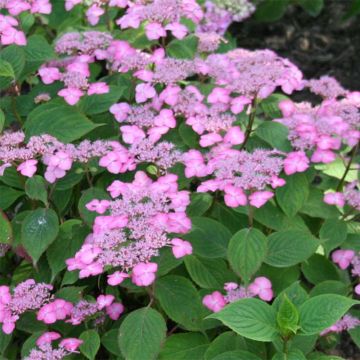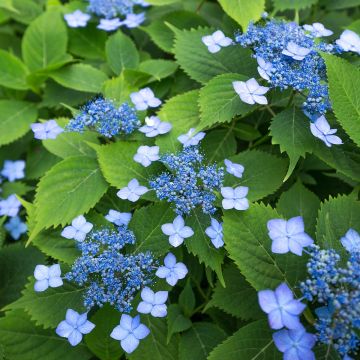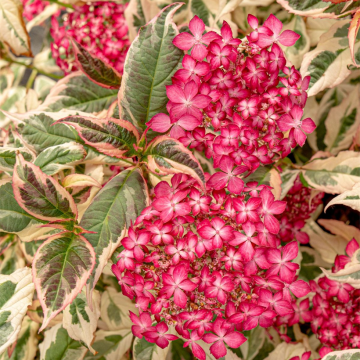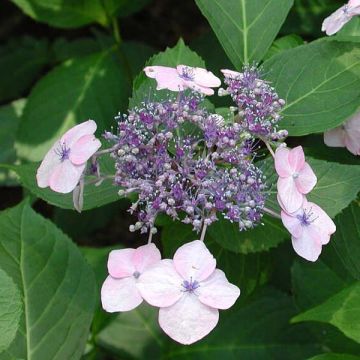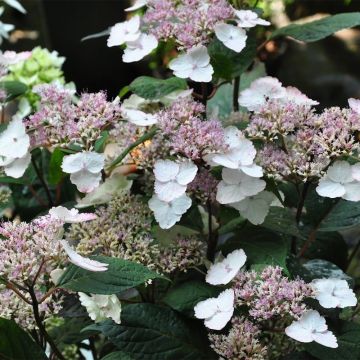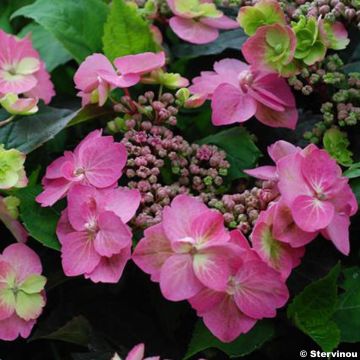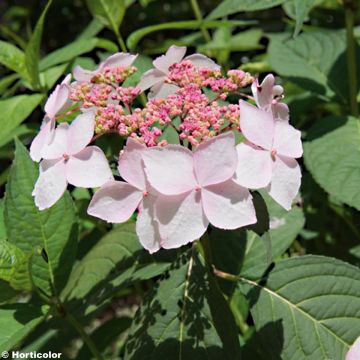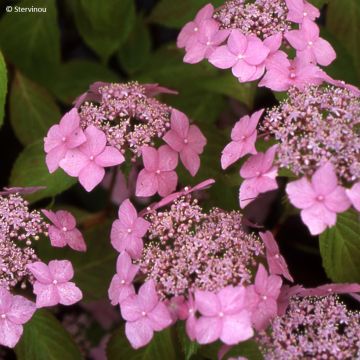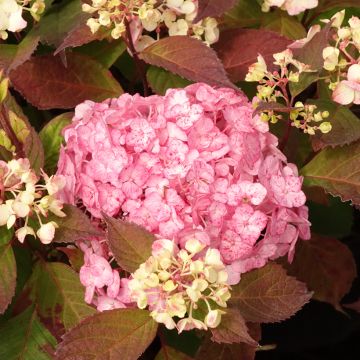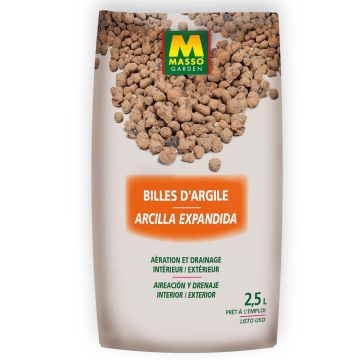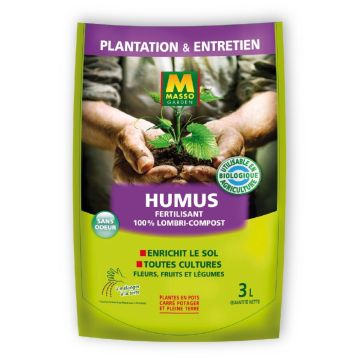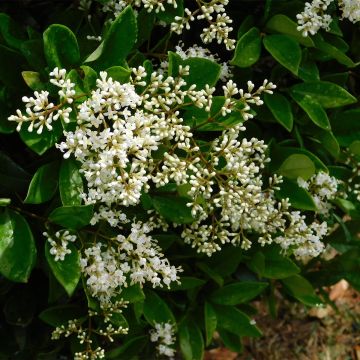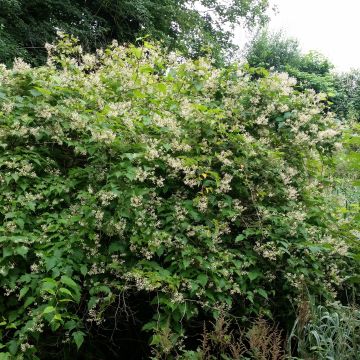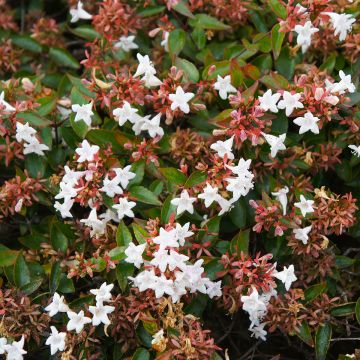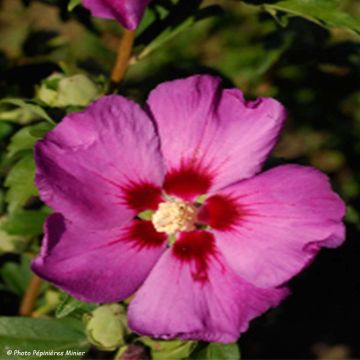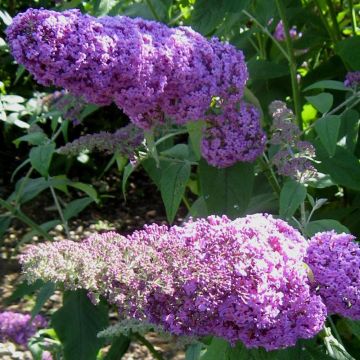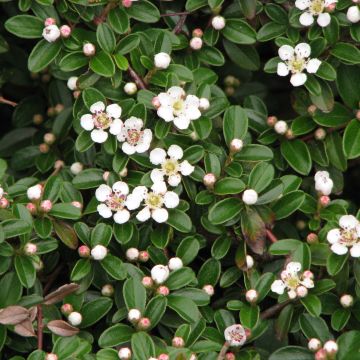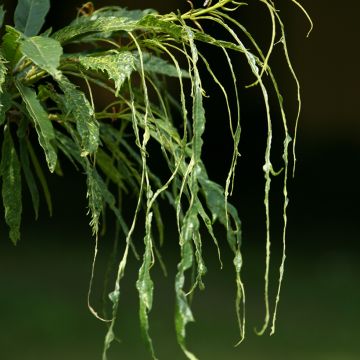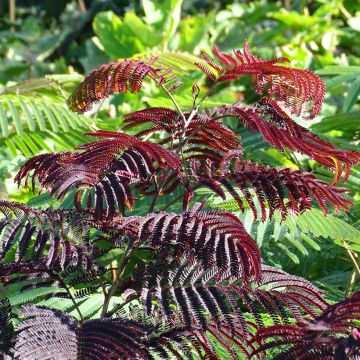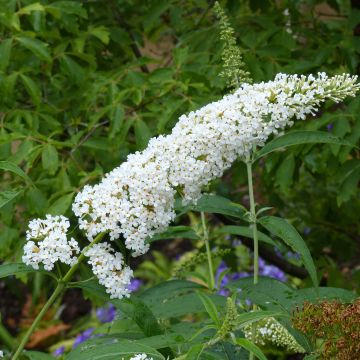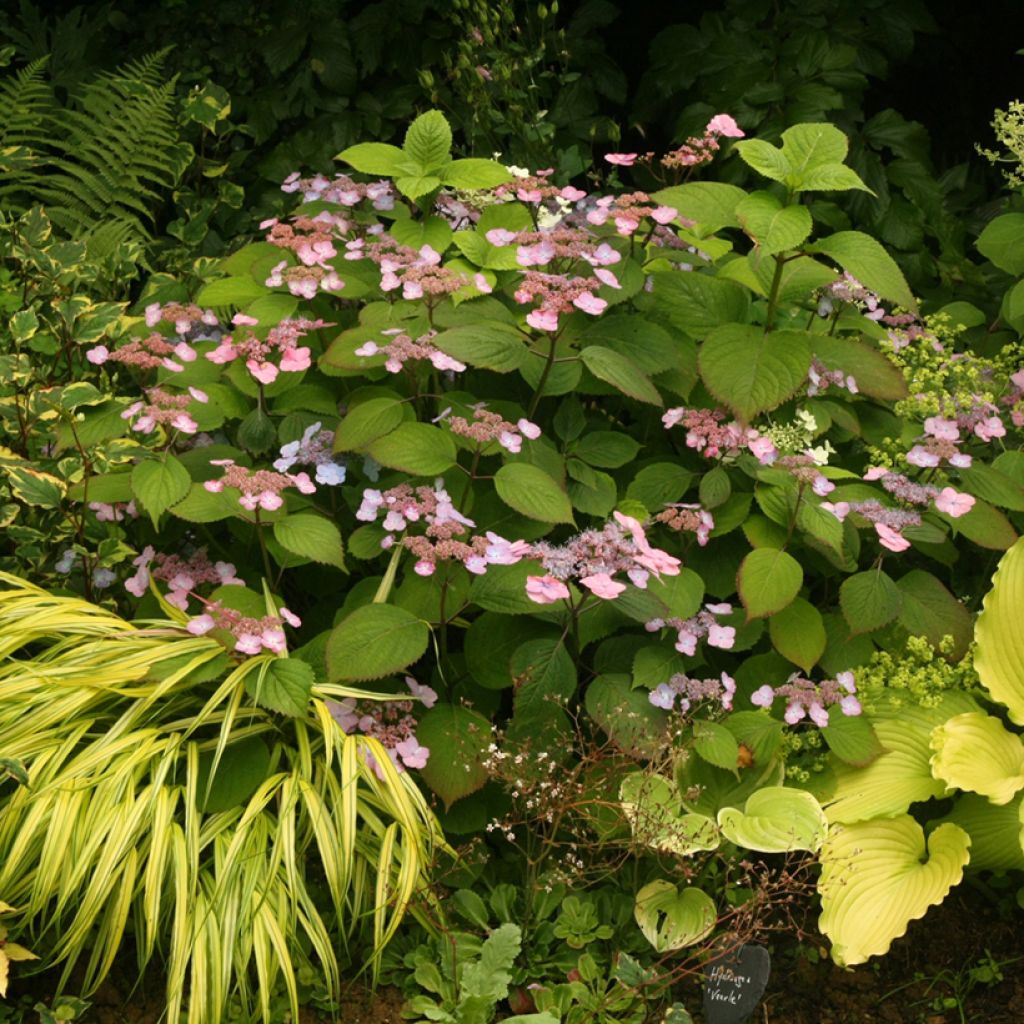

Hydrangea serrata subsp. yezoensis Veerle - Flat-headed hydrangea
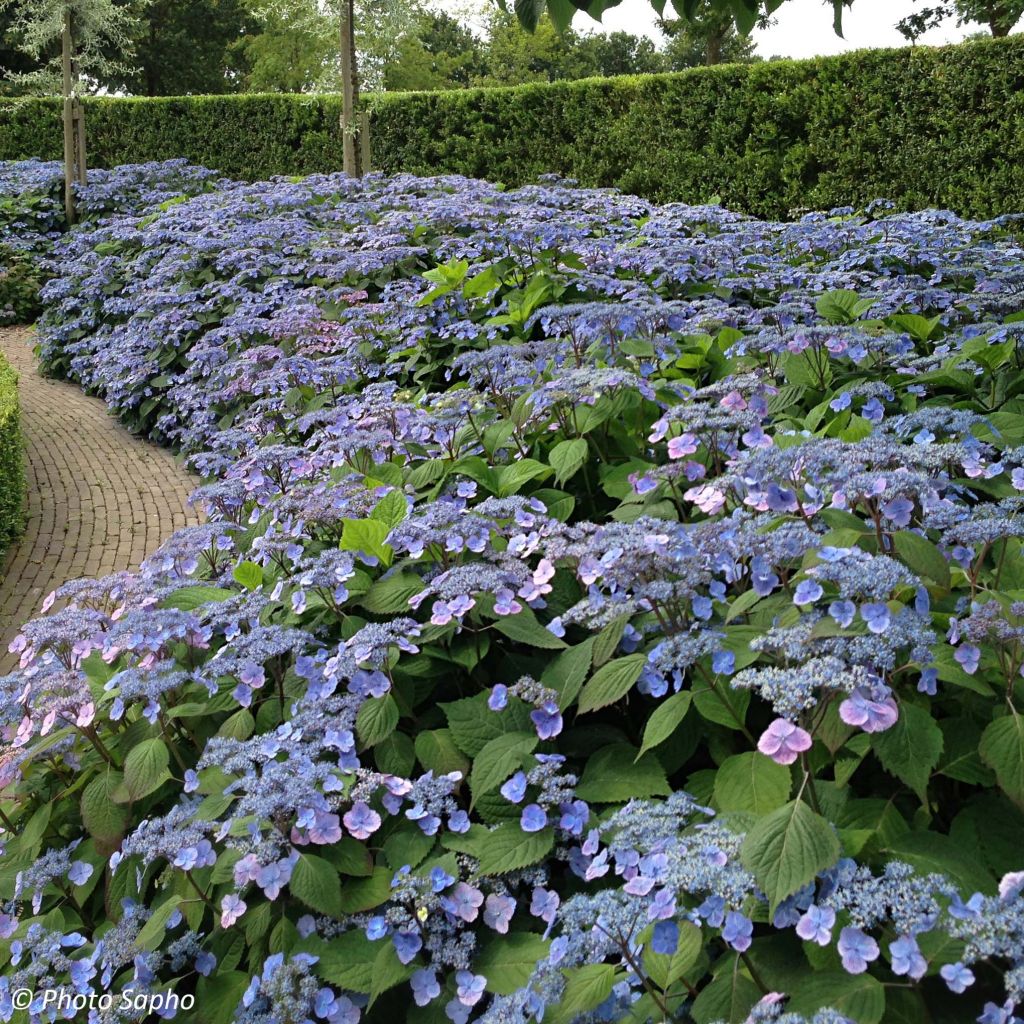

Hydrangea serrata subsp. yezoensis Veerle - Flat-headed hydrangea
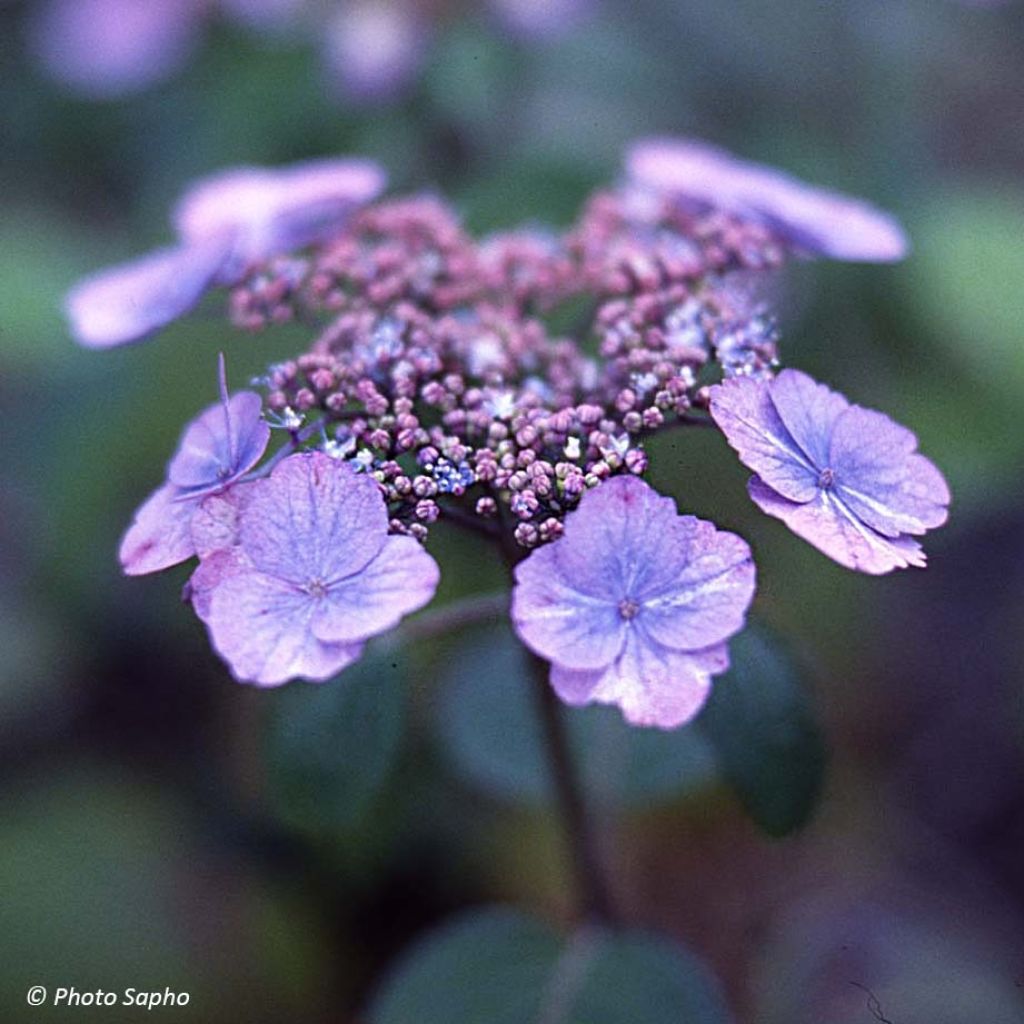

Hydrangea serrata subsp. yezoensis Veerle - Flat-headed hydrangea
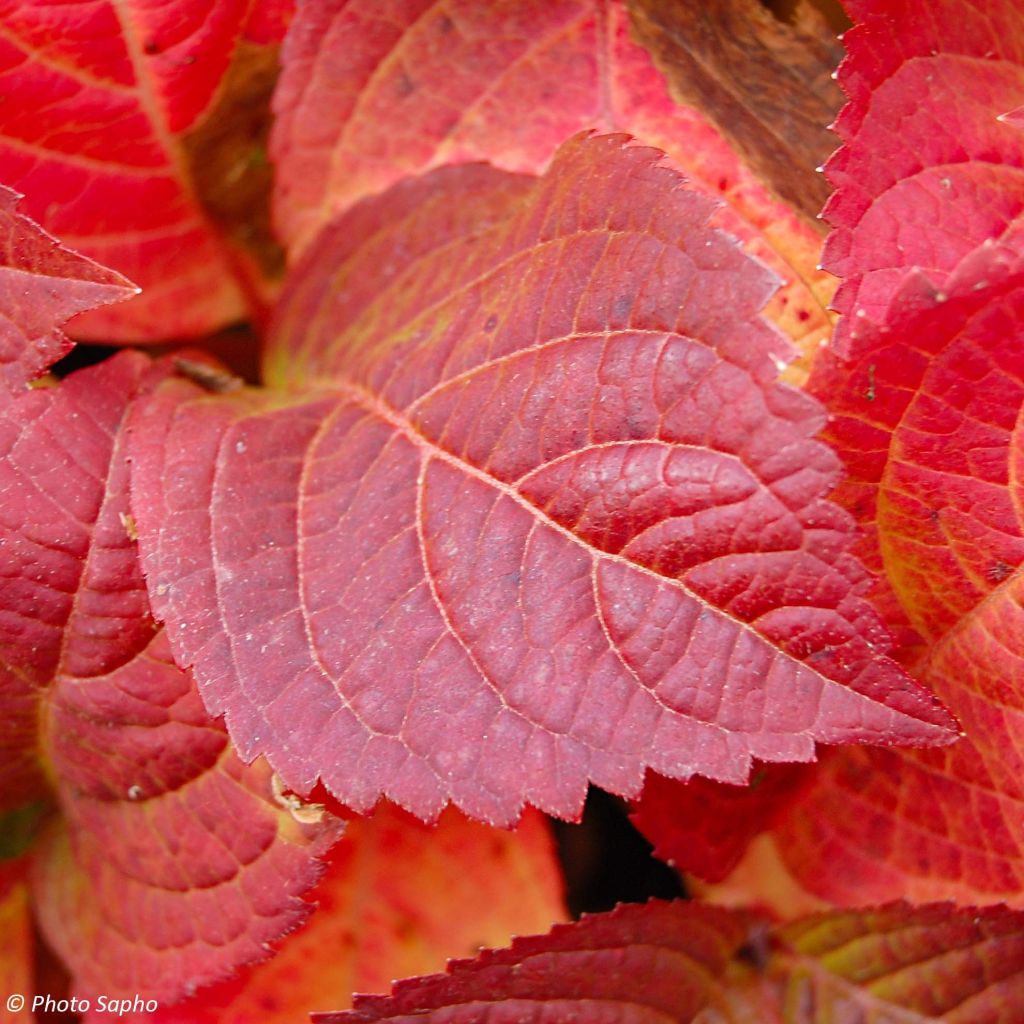

Hydrangea serrata subsp. yezoensis Veerle - Flat-headed hydrangea
Hydrangea serrata subsp. yezoensis Veerle - Flat-headed hydrangea
Hydrangea serrata subsp. yezoensis Veerle 'Opri301'
Flat-headed hydrangea
The plant arrived in good condition, currently in flower, second flowering of the season, I am satisfied, thank you very much.
Pascal, 28/08/2024
This item cannot be shipped to the selected country
Delivery charge from €5.90
More information
Schedule delivery date,
and select date in basket
This plant carries a 24 months recovery warranty
More information
We guarantee the quality of our plants for a full growing cycle, and will replace at our expense any plant that fails to recover under normal climatic and planting conditions.
From €5.90 for pickup delivery and €6.90 for home delivery
Express home delivery from €8.90.

Does this plant fit my garden?
Set up your Plantfit profile →
Description
The 'Veerle' Hydrangea is a beautiful improvement of the Hydrangea serrata subsp. yezohensis, a botanical species native to the mountainous regions of northern Japan. This very recent variety is interesting for its early flowering in late spring, abundant, perpetual flowering in summer, and vibrant colours. Its flat and light inflorescences are of a good size. Composed of large sterile florets surrounding a core of small fertile florets, they will take on shades of pink in neutral garden soil, or bluish-purple in acidic soil, turning purple after pollination. The autumnal colours of this bush are also superb. Space-saving, it easily finds its place in a small garden or even in a container on the terrace, preferably in partial shade or even in shade.
Hydrangea serrata are mountain plants from a cool and humid climate, resistant to cold (-20°C (-4°F)), less sensitive to late frosts, belonging to the Hydrangeaceae family. Taking the form of a highly branched, bushy, rounded to spreading shrub, the 'Veerle' hydrangea will reach approximately 1.10m (3ft 7in) in height and 1.40m (4ft 7in) in width, depending on the growing conditions. Its flat, airy panicles, 15 to 20cm (5.9 to 7.9in) wide, bloom from June, and fade in beautiful shades. If the shrub is lightly pruned after the first flowering, it will bloom again during the summer. The sterile flowers, larger in size, surround fertile flowers in the form of buds, which are much more numerous. The colour of the flowers depends on the acidity of the soil and the presence or absence of aluminum sulphate. They will be pink in neutral soil, without 'blueing' fertilizer or slightly acidic soil, but blue otherwise. They fade to a beautiful purple tone. This hydrangea distinguishes itself, among other characteristics, by its strongly dentate and pointed foliage, dark green in colour, which takes on beautiful red to purple hues in autumn before falling. They are smaller and more ovate than those of hydrangea macrophylla. They also turn red when the plant is exposed to the sun, although not burning. Note that hydrangeas are robust plants that can live for at least 50 years.
Appreciating moist soil and partial shade exposure in particular, the 'Veerle' Hydrangea brings a refined touch to a garden bathed in freshness. Its compact size allows it to be planted near the house, in the ground as well as in a container on the terrace or near the entrance, where it will be admired. Hydrangeas are well known for brightening the north side of houses. This one will thrive in a north, east, or west exposure that is not scorching, in flower beds as well as hedges. Although they fear limestone, hydrangeas are not strictly heather plants; they thrive in humus-rich, fertile, and moist soils. Pair them, for example, with Magellan fuchsias, annual impatiens, lilies, Pieris, Sarcococca, or plant spring-flowering bulbs in front of their round silhouette. Enjoy their magnificent flowering in the garden or in the house for a long time. Their dried flowers are fabulous in bouquets when kept away from light.
Report an error about the product description
Hydrangea serrata subsp. yezoensis Veerle - Flat-headed hydrangea in pictures
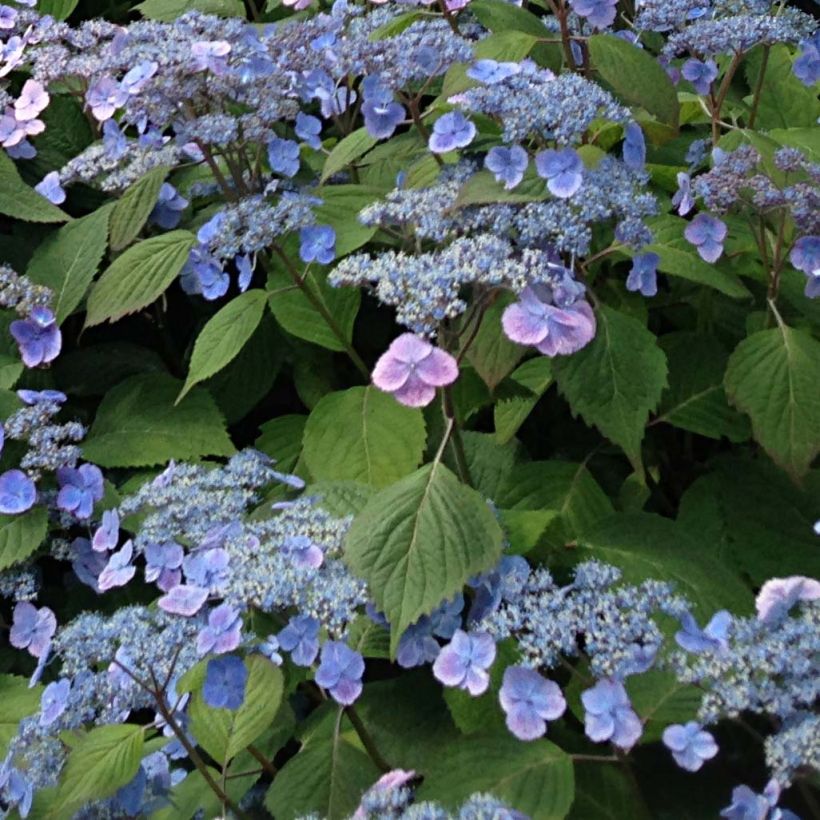

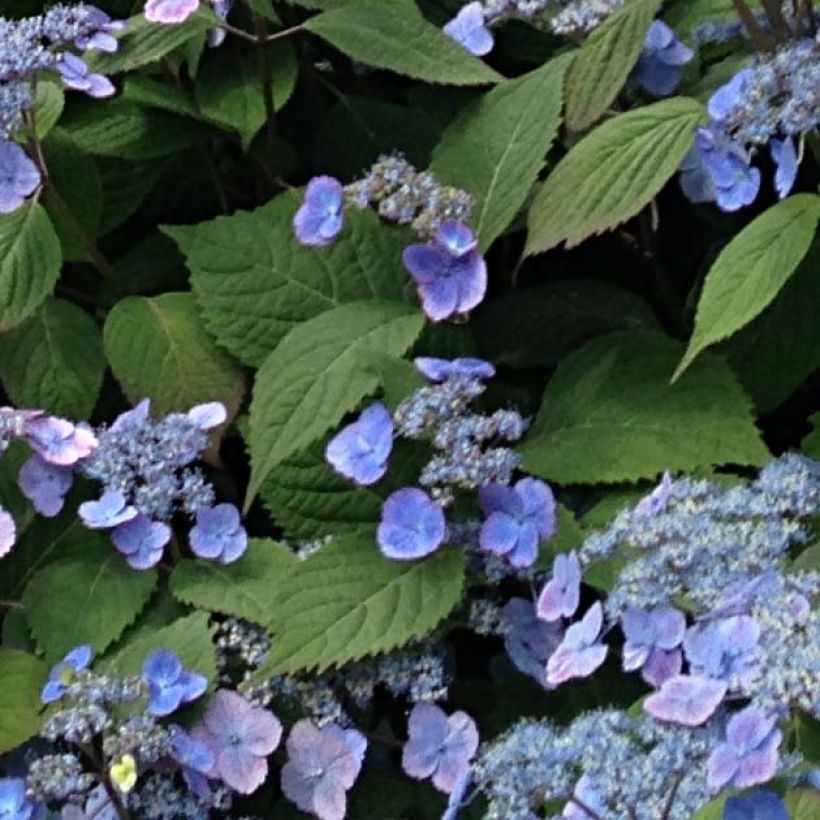

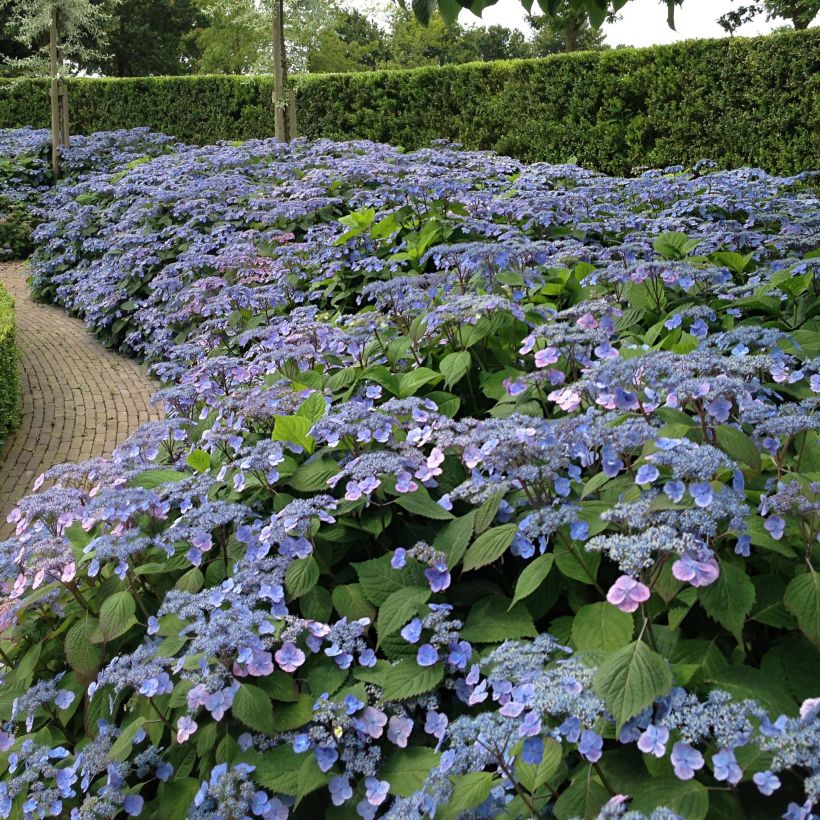

Plant habit
Flowering
Foliage
Botanical data
Hydrangea
serrata subsp. yezoensis
Veerle 'Opri301'
Hydrangeaceae
Flat-headed hydrangea
Cultivar or hybrid
Other Hydrangea serrata
Planting and care
Plant the Veerle Hydrangea serrata in spring or early autumn, preferably in a slightly shaded location, for example against an east-facing wall, or even to the north. Protect it from cold and drying winds. It does not require heath soil, but appreciates a deep, moist but well-drained, fairly fertile soil, possibly enriched with a good base fertilizer before planting. If the soil is dry at the base of the wall, place the root ball at least 30-40cm (11.8-15.7in) away from the base of the wall and incorporate a quantity of well-decomposed compost to better retain moisture in the soil. Very hardy, it can be planted in cold regions without fear. As for pruning, remove faded flowers on the first bud or on the pair of buds directly below. Cut back to the base by a quarter or a third the oldest stems, when the plant is mature, to encourage the formation of new shoots. Carry out this pruning every year in the months of March and April.
Planting period
Intended location
Care
-
, onOrder confirmed
Reply from on Promesse de fleurs
Summer-flowering shrubs
Haven't found what you were looking for?
Hardiness is the lowest winter temperature a plant can endure without suffering serious damage or even dying. However, hardiness is affected by location (a sheltered area, such as a patio), protection (winter cover) and soil type (hardiness is improved by well-drained soil).

Photo Sharing Terms & Conditions
In order to encourage gardeners to interact and share their experiences, Promesse de fleurs offers various media enabling content to be uploaded onto its Site - in particular via the ‘Photo sharing’ module.
The User agrees to refrain from:
- Posting any content that is illegal, prejudicial, insulting, racist, inciteful to hatred, revisionist, contrary to public decency, that infringes on privacy or on the privacy rights of third parties, in particular the publicity rights of persons and goods, intellectual property rights, or the right to privacy.
- Submitting content on behalf of a third party;
- Impersonate the identity of a third party and/or publish any personal information about a third party;
In general, the User undertakes to refrain from any unethical behaviour.
All Content (in particular text, comments, files, images, photos, videos, creative works, etc.), which may be subject to property or intellectual property rights, image or other private rights, shall remain the property of the User, subject to the limited rights granted by the terms of the licence granted by Promesse de fleurs as stated below. Users are at liberty to publish or not to publish such Content on the Site, notably via the ‘Photo Sharing’ facility, and accept that this Content shall be made public and freely accessible, notably on the Internet.
Users further acknowledge, undertake to have ,and guarantee that they hold all necessary rights and permissions to publish such material on the Site, in particular with regard to the legislation in force pertaining to any privacy, property, intellectual property, image, or contractual rights, or rights of any other nature. By publishing such Content on the Site, Users acknowledge accepting full liability as publishers of the Content within the meaning of the law, and grant Promesse de fleurs, free of charge, an inclusive, worldwide licence for the said Content for the entire duration of its publication, including all reproduction, representation, up/downloading, displaying, performing, transmission, and storage rights.
Users also grant permission for their name to be linked to the Content and accept that this link may not always be made available.
By engaging in posting material, Users consent to their Content becoming automatically accessible on the Internet, in particular on other sites and/or blogs and/or web pages of the Promesse de fleurs site, including in particular social pages and the Promesse de fleurs catalogue.
Users may secure the removal of entrusted content free of charge by issuing a simple request via our contact form.
The flowering period indicated on our website applies to countries and regions located in USDA zone 8 (France, the United Kingdom, Ireland, the Netherlands, etc.)
It will vary according to where you live:
- In zones 9 to 10 (Italy, Spain, Greece, etc.), flowering will occur about 2 to 4 weeks earlier.
- In zones 6 to 7 (Germany, Poland, Slovenia, and lower mountainous regions), flowering will be delayed by 2 to 3 weeks.
- In zone 5 (Central Europe, Scandinavia), blooming will be delayed by 3 to 5 weeks.
In temperate climates, pruning of spring-flowering shrubs (forsythia, spireas, etc.) should be done just after flowering.
Pruning of summer-flowering shrubs (Indian Lilac, Perovskia, etc.) can be done in winter or spring.
In cold regions as well as with frost-sensitive plants, avoid pruning too early when severe frosts may still occur.
The planting period indicated on our website applies to countries and regions located in USDA zone 8 (France, United Kingdom, Ireland, Netherlands).
It will vary according to where you live:
- In Mediterranean zones (Marseille, Madrid, Milan, etc.), autumn and winter are the best planting periods.
- In continental zones (Strasbourg, Munich, Vienna, etc.), delay planting by 2 to 3 weeks in spring and bring it forward by 2 to 4 weeks in autumn.
- In mountainous regions (the Alps, Pyrenees, Carpathians, etc.), it is best to plant in late spring (May-June) or late summer (August-September).
The harvesting period indicated on our website applies to countries and regions in USDA zone 8 (France, England, Ireland, the Netherlands).
In colder areas (Scandinavia, Poland, Austria...) fruit and vegetable harvests are likely to be delayed by 3-4 weeks.
In warmer areas (Italy, Spain, Greece, etc.), harvesting will probably take place earlier, depending on weather conditions.
The sowing periods indicated on our website apply to countries and regions within USDA Zone 8 (France, UK, Ireland, Netherlands).
In colder areas (Scandinavia, Poland, Austria...), delay any outdoor sowing by 3-4 weeks, or sow under glass.
In warmer climes (Italy, Spain, Greece, etc.), bring outdoor sowing forward by a few weeks.

































